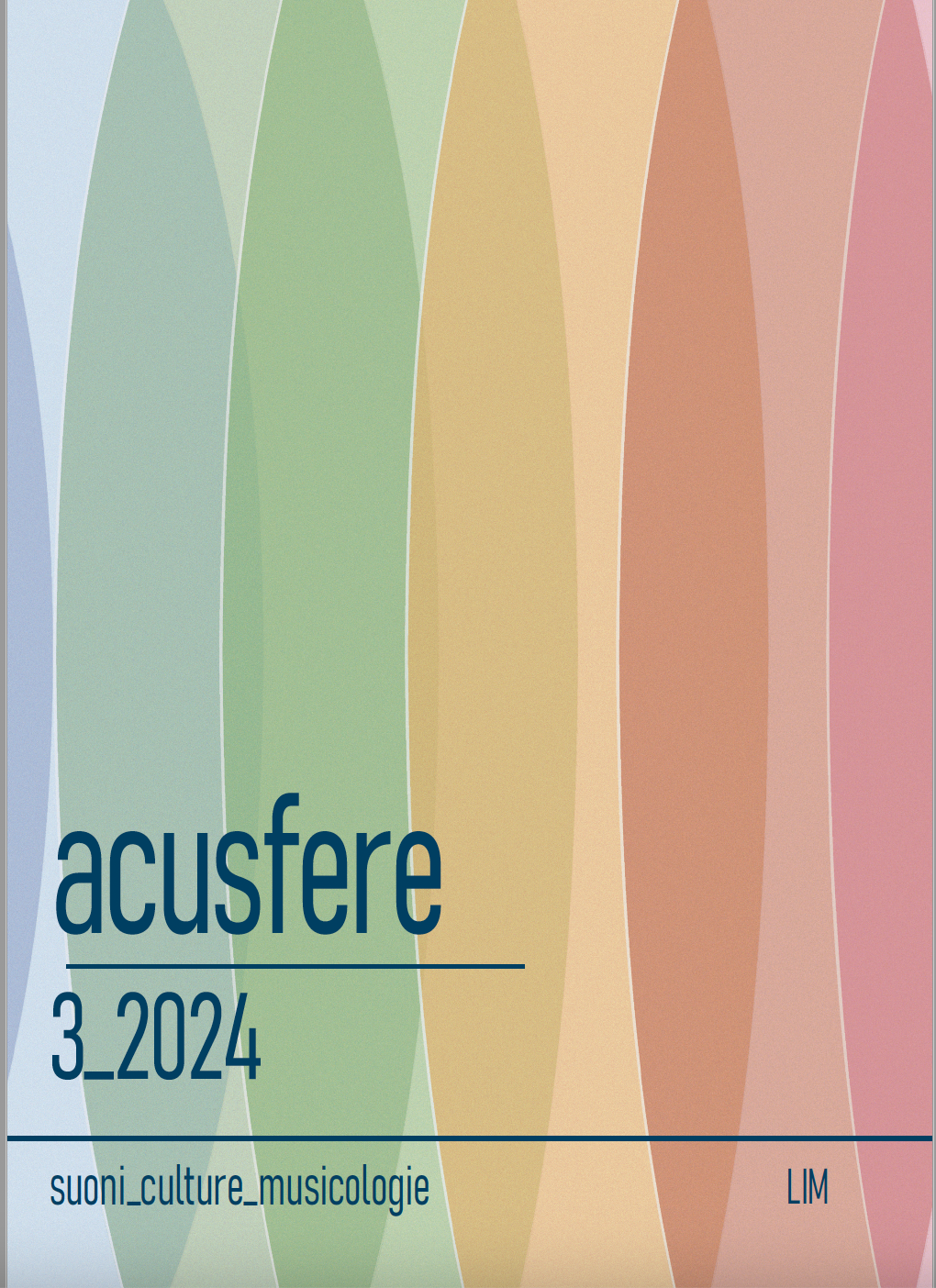Per una storia della didattica jazz
Abstract
Jazz education has a long and complex history, with roots as far back as the 19th century. Throughout this period, jazz has lived in a balance between the affirmation of its own psycho-cognitive specificity and its institutional recognition in curricular and disciplinary terms. The definition of a jazz curriculum based on skills, knowledge and disciplines inherited from classical music, albeit expressed in jazz terms, has contributed on the one hand to a wide diffusion among the younger generations and to the professional growth of musicians. On the other hand, it has often contributed to a methodological standardisation focused mainly on logical-symbolic components (styles and harmonic/melodic/rhythmic formulae), to the detriment of the audiotactile characteristics of this music. Nevertheless, there has been no lack of significant teaching experience in the theoretical, research and laboratory fields, such as that of J. M. Schillinger, G. Russell, L. Tristano, G. Gaslini, G. Schuller, A. Hodeir, V. Caporaletti, among others. To this can be added the contribution of musicology, philosophy, anthropology, cognitive psychology, semiotics, and neuroscience, as well as the active participation of associations and music schools spread throughout the national and international territory. This article seeks to explore how this articulated and systemic process has, over time, contributed to the academic and institutional recognition of jazz, and has led pedagogy along independent paths.





